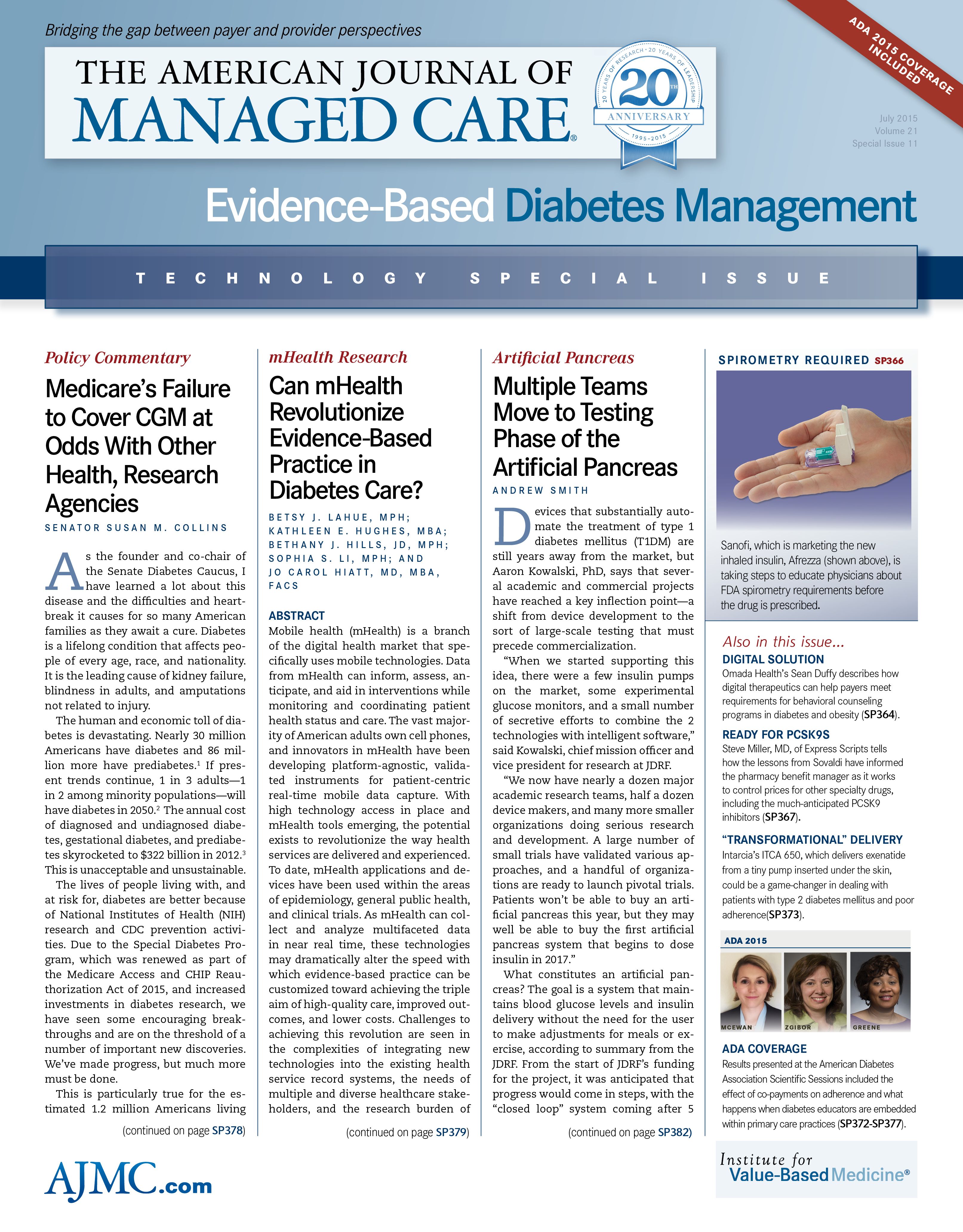Publication
Article
Evidence-Based Diabetes Management
Family-Focused Intervention Produces Positive Health Outcomes for African Americans With T2DM
Author(s):
Natasha Greene, PhD, FNP, BC, found that educating a family member alongside the person with type 2 diabetes mellitus produced better health outcomes than traditional education.
Natasha Greene, PhD, FNP, BC, created an innovative way to give low-income African Americans lessons in diabtes self-management, but the study participants taught her a few things, too.
Greene, an assistant professor of nursing at North Carolina Central University, is the principal investigator for the Diabetes Family Project, which aims to tackle the high rates of type 2 diabetes mellitus (T2DM) and early deaths by addressing the cultural challenges of behavioral change.
Specifically, Greene and her team realized that getting the person with T2DM to eat properly means educating others in the house who prepare meals or influence what the family eats.
She presented her findings at the session, “Effective Strategies for Overcom-ing Barriers in Self-Management,” which took place June 7, 2015, during the 75th Scientific Sessions of the American Diabetes Association in Boston. Her study, “Effect of Family-Focused DSME on Physiological Outcomes in African Americans with Type 2 Diabetes,” found that having an influential family member—typically the spouse—take a diabetes education course alongside the person with T2DM produced measurable, positive health outcomes, compared with a control group of T2DM patients who took the course without a family member.
The research team trained 5 community lay persons and 2 dieticians in cur-ricula that included 3 classes about diabetes, 1 about exercise, and 4 devoted to nutrition. T2DM participants had to be at least 40 years old of age diagnosed at least 1 year ago. The team recruited participants from a rural area of North Carolina to take part in the study, either in the intervention or control group. That’s when the surprises began.
Greene said recruitment took place in churches, community centers, and even in local restaurants that served families. “We emphasized that this was some-thing that was for the family and about the family,” she said. To get spouses to take part, Greene said they were told, “It’s so that you can be healthier, too.” When the research team held its first meeting with the participants, 74 families were scheduled to show up. Instead, 80 appeared. Word had spread.
Fifty-two couples began the interven-tion, with the other T2DM patients taking the education course as individu-als. Mean age of the participants was 58.8 years, and the average income was $21,000 per year.
Each of the 8 weekly classes lasted 90 minutes, and participants completed surveys to evaluate the content and the educator’s presentation skills, and to test their knowledge. Focus groups were held 3 weeks after the end of the course. Health measurements were conducted at baseline and 3 months af-ter course completion.
Results. Fortyeight couples completed the intervention, each attending at least 6 of the 8 classes. Participants rated the course 27 out of 28 possible points in an evaluation of its design, content, objectives, and teachers’ knowledge. Health measurements (averages) for the intervention group compared with the control group were as follows:
• Glycated hemoglobin. The intervention group went from 8.1% at base-line to 7.8% at follow-up; the control group, from 7.8% at baseline to 7.7% at follow-up.
• Blood pressure (BP). Systolic BP for the intervention group dropped from 154.2 to 139.5 mm Hg; for the control group, from 146.3 to 140.2 mm Hg. Diastolic BP for the intervention group dropped from 75 to 69 mm Hg; for the control group, from 72.2 to 73.5 mm Hg.
• LDL cholesterol. LDL cholesterol level for the intervention group dropped from 106.0 to 96.3 mg/dL, while for the control group, it increased from 95.0 to 99.0 mg/dL.
Greene credited the teaching methods, which taught the intervention group how to resolve conflicts over food preparation with real-life scenarios. “We asked them to think about it and work it out,” she said.
The results show that for the African American community, having persons with T2DM attend diabetes classes with a family member can be “feasible, acceptable, and more beneficial” than having patients take classes alone.
But did the participants gain knowledge about diabetes? Well, yes, Greene said, but the data are problematic. As she went through the test results, it became apparent that the couples in the intervention group were sharing answers, as their results “correlated perfectly.” Going forward, Greene plans to separate couples during the test—“I call it ‘new investigator learning curve.’”
Funding for the Diabetes Family Project comes from the National Institute of Minority Health and Health Disparities P20 grant. Reference
1. Greene N, Eaton S, Hoag J. Effect of family-focused DSME on physiological outcomes in African Americans with type 2 diabetes. Diabetes. 2015;64(suppl 1): abstract 204-OR.






